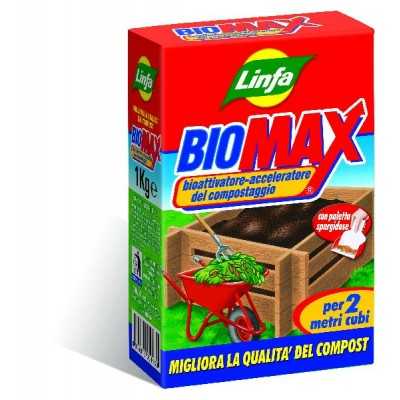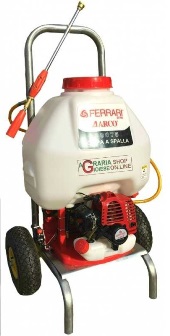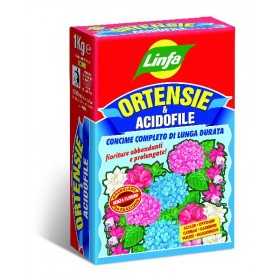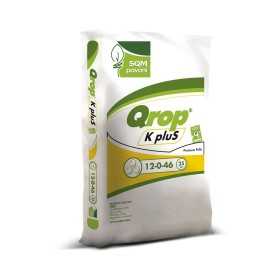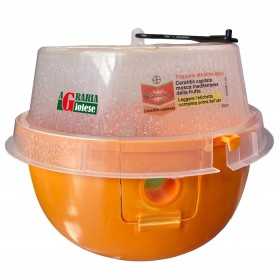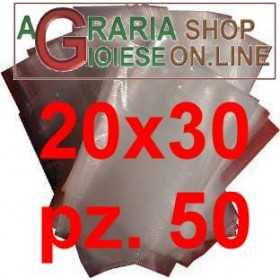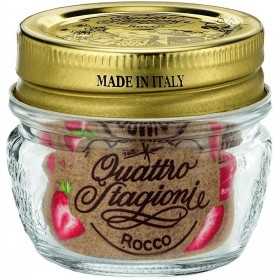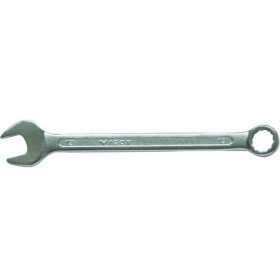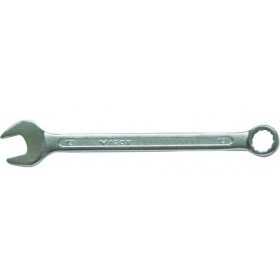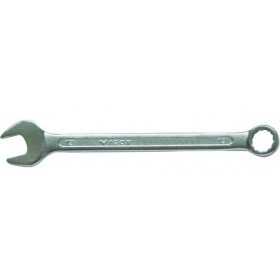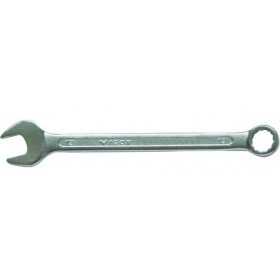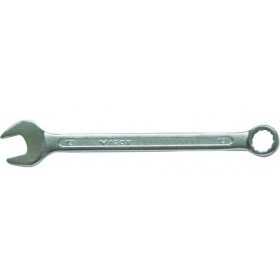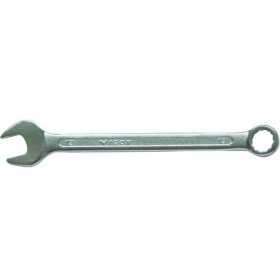LYMPH BIOMAX BIO COMPOSTING ACTIVATOR KG. 1

Advertising [ProductAdditionalInfo]
(edit with the Customer Reassurance module)
(edit with the Customer Reassurance module)
(edit with the Customer Reassurance module)
LYMPH BIOMAX GR. 1000 COMPOSTING ACTIVATOR
Composition - Organo-mineral fertilizer NP 11.5 + 2 MgO + 20 SO3.
Low chlorine content.
Features - Biomax is a selected blend of: fast nutrients
assimilation, to stimulate aerobic microorganisms to reproduce and develop; substances
nitrogenous (organic and mineral), to compensate for the frequent insufficiency in waste
domestic; phosphorus, to enrich the compost with this important element and avoid
that its lack may be a limiting factor in the entire process; enzymes,
to transform even the most resistant substances (cellulose and lignins); natural clays,
to absorb any bad smells, keep the right degree of humidity and retain
nutrients. For these characteristics Biomax, in addition to improving the quality
of compost, considerably reduces, even up to halving them, the average time required
to the transformation of organic waste into humus.
Methods and doses of use
• At each new stratification - using the exclusive spargidose palette,
above each new layer of 20-25 cm. distribute evenly in the ratio of 90-150 grams
(3-5 heaped scoops) each square meter; lightly press and water.
The higher dose is recommended in winter or when they are present in modest quantities
waste with a higher nitrogen content (garden waste, mowing and green leaves, grape stalks,
wet kitchen waste).
• In subsequent wetting - disperse at the rate of 10 grams (first level of the measuring cup) every 3 liters of water and sprinkle evenly. The right humidity is identified empirically by squeezing some material in the fist that will have to leave the palm
moistened without dripping. For the high temperatures reached (50-70 ° C)
and the consequent greater losses due to evaporation, wetting are more frequent
during the first month of fermentation (“thermofil” phase).
Uses of compost - Compost with a lower degree of ripeness can be incorporated, in autumn, in the first centimeters of soil; the one with the highest degree of ripeness can be placed in direct contact with the roots (planting holes).
In repotting it is recommended to mix compost with blonde peat in the ratio 2: 8.
If the compost has not been obtained from conifer residues, its use in repotting acidophilic plants is not recommended.

